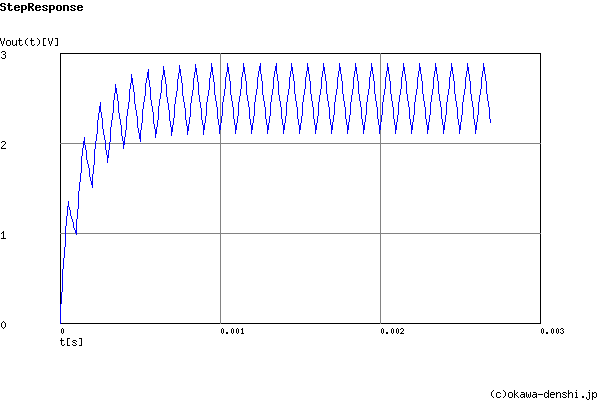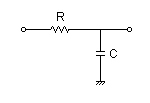DIY Flow Bench Controller
Flow Benches are used as tools for measuring and quantifying modifications and improvements made to items such as automotive cylinder heads and carburettors by detecting air flow improvements. They also allow benchmarking of manufactured and modified items by providing an accurate measurement of the maximum flow rate that can be achieved. This allows easy comparison between items which can aid in selection and modification
I'm a bit of a petrol-head and love to tinker with various car related projects, so a flow bench has long been on my list of tools to obtain. Such a tool would allow me to validate the modifications that I undertake on my cars and products that I am developing. Unfortunately, professional flow benches are expensive items of kit, pretty much way outside of the price range of a hobbyist like me, which has always excluded such items from my reach. So as with many such things, when I cannot afford to buy one, I figure I'll have to resort to making one instead.
There are many DIY flow bench plans out there in the web, some good, some not so good. There are also a few different types of flow bench using a variety of methods to measure the flow. The traditional method is to measure the pressure differential across the item being measured and then calculate the flow. This uses a metered air supply which allows the flow value to be calculated. This is effectively how a professional bench works. Flow is metered by a range of different sized orifices, the pressure drop is then measured across the test item and the effective flow calculated. Traditionally such flow benches used manometers to measure the pressure differential, but with the advent of cheap affordable sensors, why not just use a flow meter instead?
Many modern cars use a mass air-flow meter or MAF as they are commonly referred to, to measure the mass of air entering the engine. The engine management system then uses this to determine how much fuel it needs to add to create the optimum burn. So what about using a MAF to measure the amount of air passing through a cylinder head or port or whatever other test object you might want to measure. It's actually a pretty good idea.
MAF sensors are cheap. What's more, even the cheap ones are relatively accurate. Perfect for making a cheap flow bench. Add an Arduino into the mix to take the sensor output and do some maths crunching to convert that MASS flow into VOLUMETRIC flow and you have yourself a basic, cheap and relatively accurate flow bench.
Converting Mass-Flow into Volumetric-Flow
One of the requirements of the flow bench is that it needs to give a readout in a standard unit. For professional flow benches this is Cubic Feet per Minute or CFM for short. The issue with the Mass sensor is that it gives an output in Kilograms per hour (Kg/h)
GitHub - DeeEmm/DIY-Flow-Bench: Volumetric flow bench based on Arduino and MAF sensor
References
Low-Pass Filter a PWM Signal into an Analog Voltage - Technical Articles

(Sample)RC Low-pass Filter Design for PWM - Result -
